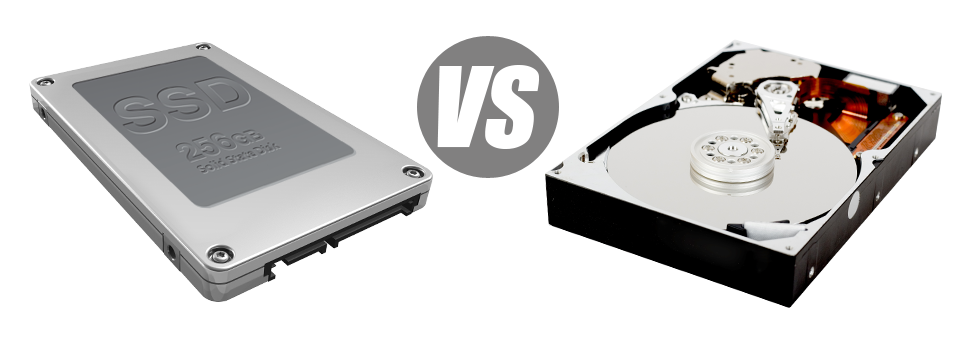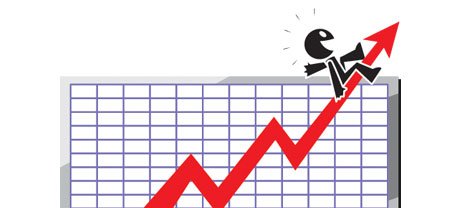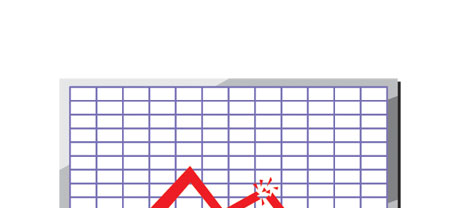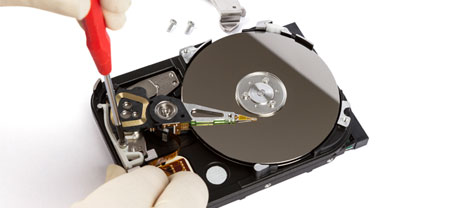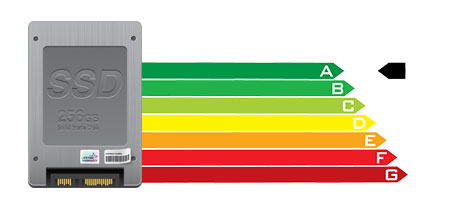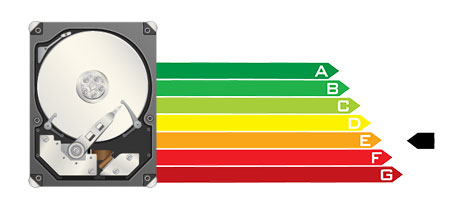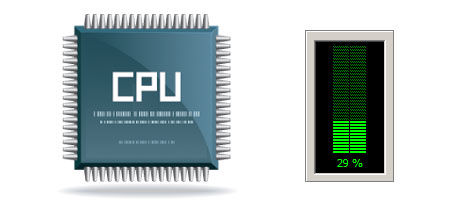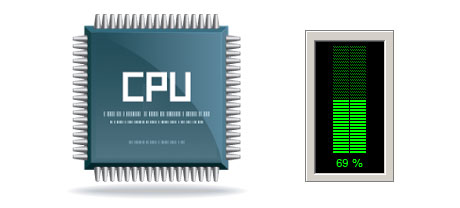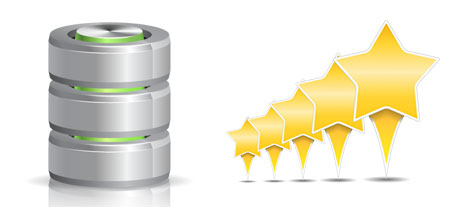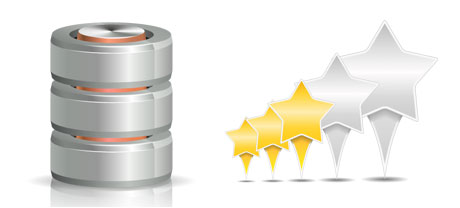For many years there was just one reliable path to store information on a laptop – with a hard drive (HDD). On the other hand, this kind of technology is presently demonstrating its age – hard disks are really noisy and slow; they are power–ravenous and tend to create lots of warmth throughout serious procedures.
SSD drives, alternatively, are quick, use up much less energy and are much cooler. They furnish a brand new way of file access and data storage and are years in front of HDDs when considering file read/write speed, I/O effectiveness and energy capability. See how HDDs fare up against the more recent SSD drives.
1. Access Time
SSD drives present a brand–new & innovative method of data safe–keeping using the use of electronic interfaces rather than just about any moving parts and turning disks. This completely new technology is way quicker, allowing for a 0.1 millisecond data accessibility time.
HDD drives even now make use of the very same general file access concept which was initially developed in the 1950s. Although it was considerably upgraded since then, it’s slower compared to what SSDs will provide. HDD drives’ data file access rate ranges in between 5 and 8 milliseconds.
2. Random I/O Performance
On account of the new significant file storage technique shared by SSDs, they supply faster file access speeds and faster random I/O performance.
During Are You Online Now Hosting’s trials, all of the SSDs revealed their capability to take care of at the least 6000 IO’s per second.
Over the exact same trials, the HDD drives confirmed to be significantly slower, with only 400 IO operations addressed per second. Although this might appear to be a significant number, for those who have an overloaded server that hosts many well–known web sites, a slow hard drive can lead to slow–loading sites.
3. Reliability
SSD drives are built to include as less rotating elements as possible. They utilize an identical technique like the one employed in flash drives and are also significantly more trustworthy compared to traditional HDD drives.
SSDs come with an typical failure rate of 0.5%.
For an HDD drive to function, it needs to rotate a couple metallic disks at over 7200 rpm, holding them magnetically stabilized in the air. There is a massive amount moving elements, motors, magnets as well as other gadgets crammed in a small space. Therefore it’s no wonder that the common rate of failing of an HDD drive varies among 2% and 5%.
4. Energy Conservation
SSD drives are far smaller than HDD drives as well as they don’t possess any kind of moving elements whatsoever. Because of this they don’t create as much heat and need less energy to work and less energy for chilling purposes.
SSDs use up between 2 and 5 watts.
HDD drives are known for getting loud; they’re more prone to getting hot and if you have several disk drives within a web server, you will need a further cooling unit just for them.
All together, HDDs use up somewhere between 6 and 15 watts.
5. CPU Power
Thanks to SSD drives’ better I/O functionality, the main web server CPU can work with data queries a lot quicker and preserve time for other functions.
The standard I/O wait for SSD drives is 1%.
As compared with SSDs, HDDs enable not so quick file accessibility speeds. The CPU will be required to await the HDD to send back the demanded data, scheduling its assets meanwhile.
The standard I/O wait for HDD drives is around 7%.
6.Input/Output Request Times
In real life, SSDs carry out as wonderfully as they have throughout the trials. We produced a complete system back–up using one of the production servers. Through the backup process, the standard service time for I/O requests was in fact under 20 ms.
Throughout the same lab tests with the exact same hosting server, this time equipped out with HDDs, performance was substantially slower. During the server data backup process, the normal service time for any I/O calls ranged somewhere between 400 and 500 ms.
7. Backup Rates
You’re able to check out the real–world added benefits of utilizing SSD drives day–to–day. By way of example, on a server with SSD drives, a full back–up can take simply 6 hours.
Through the years, we have got employed predominantly HDD drives with our web servers and we are well aware of their effectiveness. With a server equipped with HDD drives, a complete web server back up usually takes about 20 to 24 hours.
To be able to at once improve the general performance of one’s web sites without the need to transform just about any code, an SSD–equipped website hosting solution is a really good solution. Look at Are You Online Now Hosting’s Linux shared web hosting – our services include swift SSD drives and are offered at competitive prices.
Hepsia
- Live Demo
Service guarantees
- Our Virtual Private Servers come with no installation rates and work in a secure network providing 99.9% of uptime. Full root/administrator access guaranteed.
Compare our prices
- Review the tools and characteristics coming with our Virtual Private Servers. You can start with a smaller VPS Web Hosting configuration and upgrade with a click as your requirements expand.
- Compare our hosting plans
Contact Us
- We are available for you 24/7/365 to resolve any sort of queries about our VPS Web Hosting platform. 1–hour reply time guarantee.

